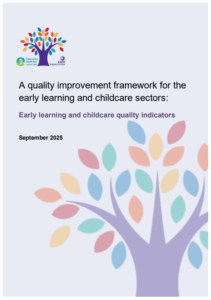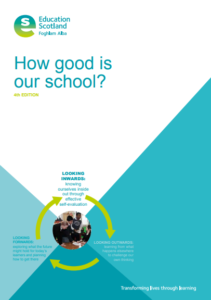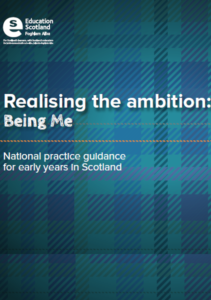p21
A developed interest in rotation and trajectory can lead to mark making as the young child makes circular patterns using their fingers with paint and begins to make horizontal and vertical marks representing their drawings and ‘writing’.
p24
The development of movement and coordination for a child is linked to communication and cognitive development. For instance, a young child with an developing vestibular system will find it almost impossible to sit still for any length of time or possess the fine motor skills and coordination required for writing before they are ready. This is why observations of a children’s actions are crucial to inform our practice and ensure it is developmentally appropriate. The best way to help babies and young children develop this system is through providing daily opportunities for physical play, especially outdoors.
p70
Children are better equipped to make fine motor movements if they also have adequate opportunity to develop their gross motor skills. Both are linked. In the development of writing, children need to not only be provided with a wide range of mark-making opportunities when they are small, but also be able to explore other experiences such as manipulating clay or using peg boards, completing jigsaws or sewing to fully develop the small muscles in their hands. When children make marks, other children and adults are the natural audience for their meaning and giving sensitive responses will encourage the child to see their marks and print as purposeful.



